Is your toilet pulsating when it is refilling? This could be very unsettling, especially if you don't know why this problem occurs.
Knowing what causes this issue will determine the proper action you will need to take. You're in luck! We have extensively researched why this happens and have the answer below!
Generally, the water may pulsate every time your toilet refills its water tank. This is usually an indication that there is a problem with the fill valve component.
Over time, the fill valve's diaphragm seal may deteriorate, lose its softness, and harden. Keeping these components' conditions in the best shape will solve this issue.
We're not done yet! We will dive into the other common causes of your toilet's water surging. We will also teach you how to replace your faulty toilet fill valve properly.
Don't skip and let all of this significant knowledge be useless. So continue reading!
![White toilet bowl in a bathroom. - Why Does My Toilet Pulsate When Refilling? [Common Reasons Explored]](https://hvacseer.com/wp-content/uploads/2022/09/White-toilet-bowl-in-a-bathroom.-Why-Does-My-Toilet-Pulsate-When-Refilling-Common-Reasons-Explored.png)
What Causes The Water In A Toilet To Surge?
It's critical to determine what causes your toilet water to surge. Considering where the issue occurs helps you identify the root cause of the problem. A toilet water surge could happen in two common locations: the bowl or tank.
If it happens in a bowl, you're having a problem with your waste or vent pipes due to blockage. In addition, this could also occur in several toilets of your house if you have a septic system.
Generally, the ice build-up can obstruct your vent pipes and, consequently, your toilet water surge. This is quite a common issue, particularly during winter or rainstorms. Luckily, this issue only requires a simple cleaning to fix it.
So it's never been a drag to exert some effort to clean it than suffer the effect later on.
In contrast, a broken fill valve is to blame for a water surge in the tank. Replacing the valve is your only option to solve this problem for good.
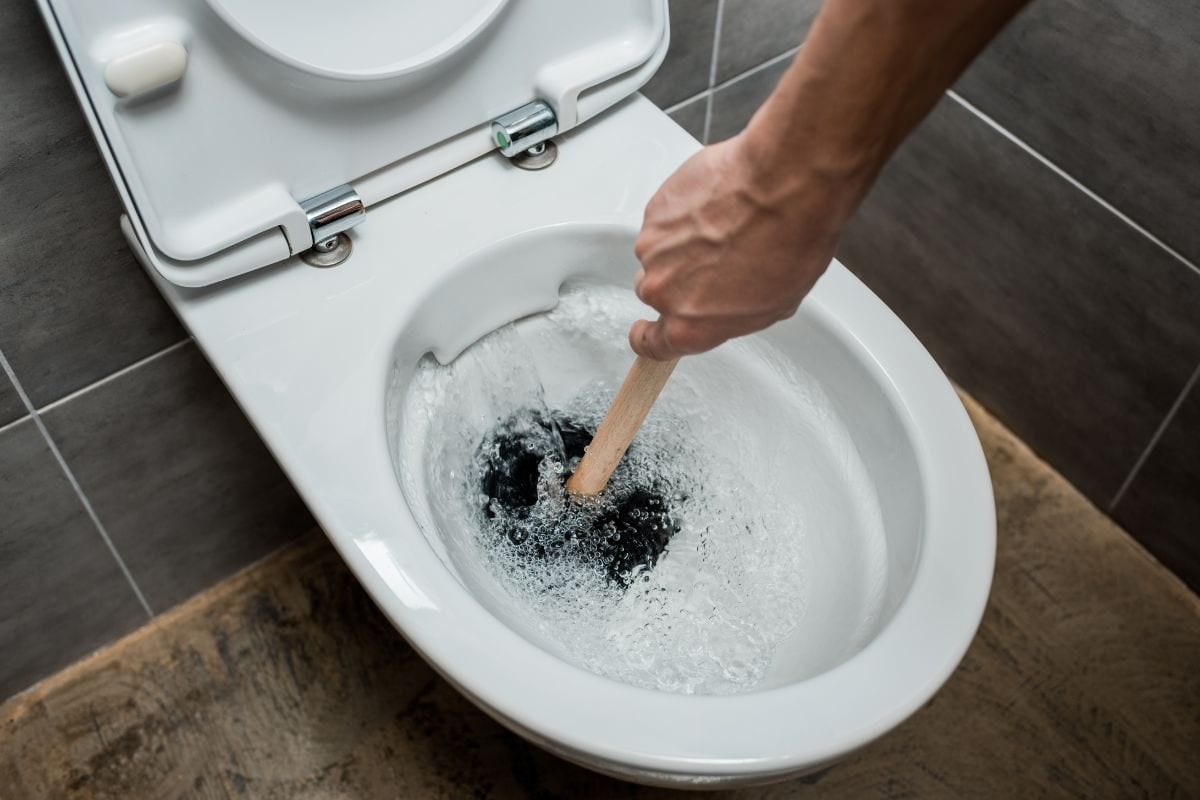
How Does A Toilet Fill Valve Work?
Your toilet's fill valve is the device that manages the flow of freshwater supply into the toilet tank. Usually, you will find this device on the left side of the toilet tank.
It's plastic, which makes it resistant to rust and corrosion.
Furthermore, it has a tailpiece that runs into the tank's bottom and connects to a supply tube. Both tailpiece and supply tube's connection leads to a fixture shutoff valve.
The toilet fill valve also has a float control mechanism; it opens when the float starts to descend into the tank. Then, stop the water supply into the toilet tank once the water level rises to the full preset level.
How Do You Replace A Toilet Fill Valve?
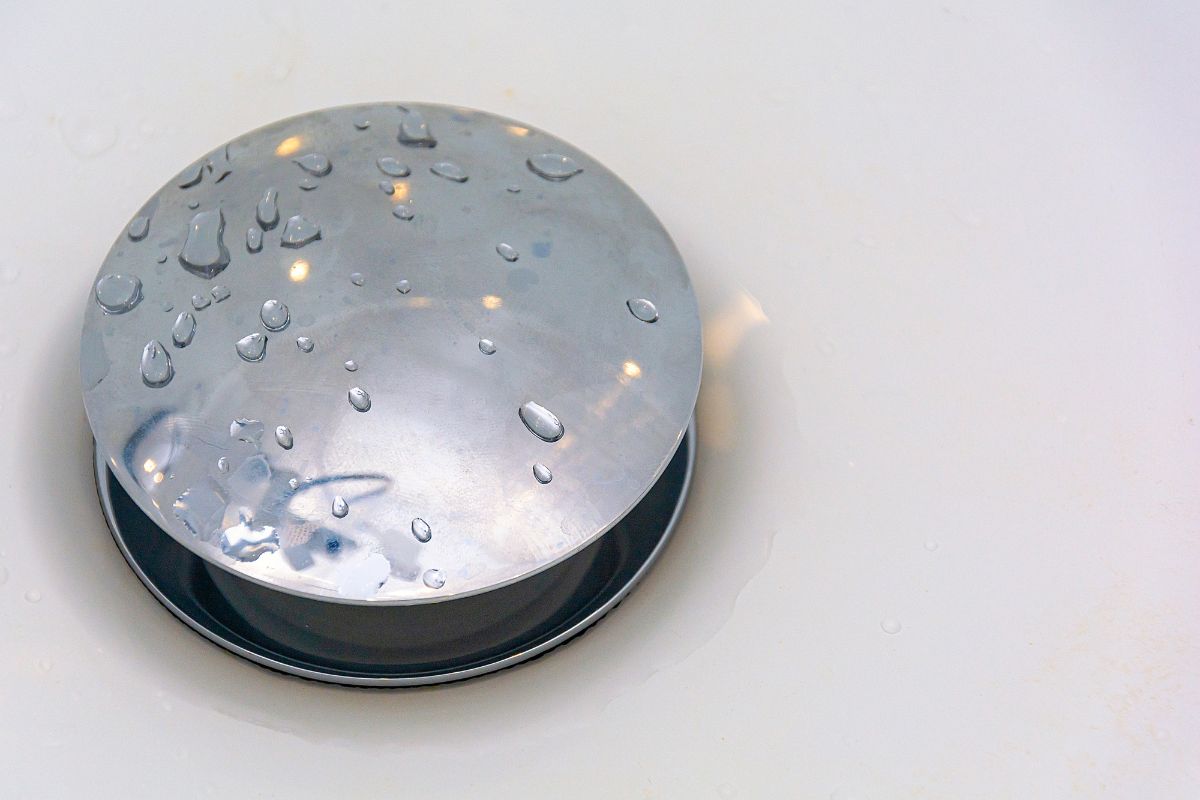
It is impossible for your toilet to properly refill the toilet tank's water if this device becomes bad. Therefore, replacing it is the only way to have your toilet functional again.
Before replacing the fill valve, ensure that you completely shut OFF its fixture shutoff valve. Also, remove its cover and empty its toilet tank by flushing and wiping the remaining water with a sponge.
Things you need to prepare:
- Sponge
- Toilet fill valve
- Adjustable pliers
Right after you gathered these things, kindly follow our easy replacing steps below:
- Using pliers, remove the toilet fill valve from the water supply tube underneath the tailpiece.
- Loosen/take off the fastening bolt holding the fill valve's bottom flange throughout the tank's base area.
- Attach the rubber washer part of the package to the fill valve tailpiece's bottom flange.
- This washer will act as an inner seal to stop leakage around the fill valve's base.
- If necessary, you can adjust the fill valve's level by lowering or raising the stem piece to fit it in the toilet tank.
- Install your new fill valve in the toilet tank by slipping the tailpiece down to the tank's bottom hole.
- Use one hand to control the fill valve and the other one to thread the nut onto the tailpiece that runs the toilet.
- Use your adjustable pliers again and avoid tightening the mounting nut too strong.
- Reattach the fill valve to the water supply tube. Hand tight it and ensure not to apply too much force.
- Insert the rubber fill tubing into the fill valve upper end and insert the plastic adapter at the other end.
NOTE: These replacing steps need a wide plumbing knowledge to ensure the quality of the job.
Why Is My Toilet Tank Not Filling Up Water After Flushing?
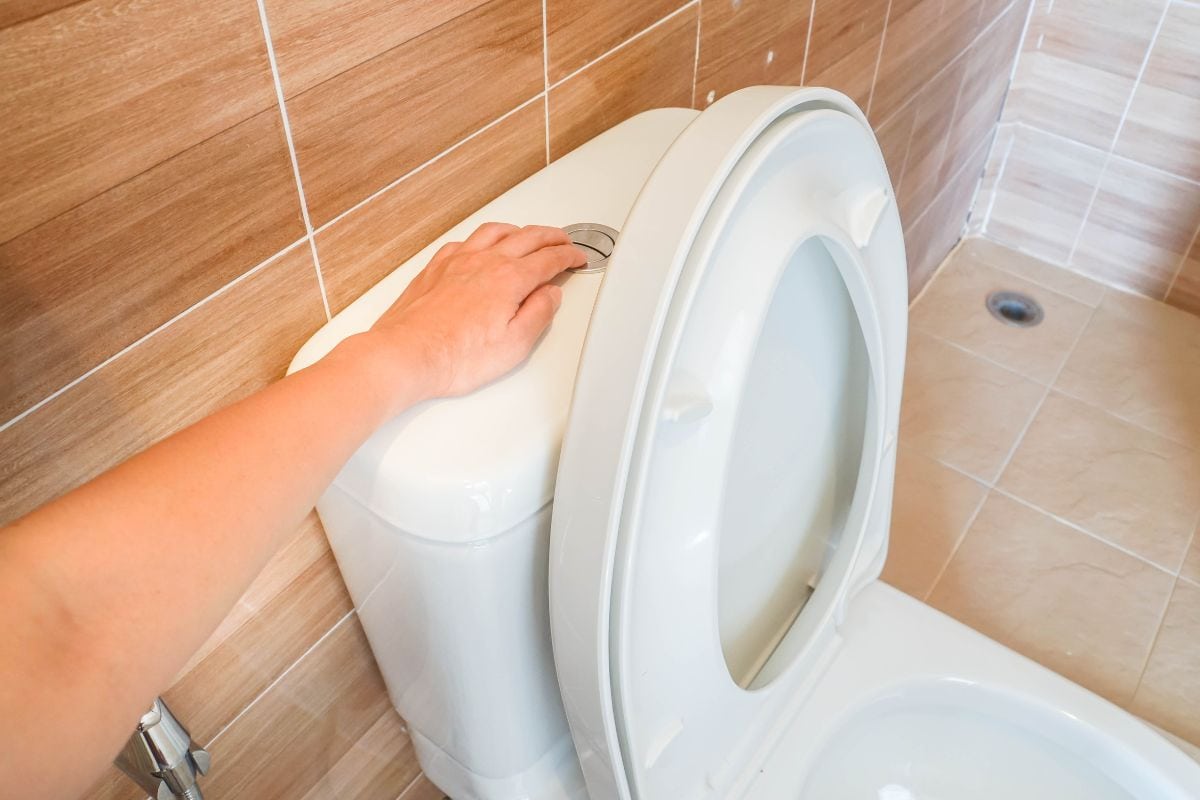
There are various reasons your toilet tank isn't refilling the water after flushing it. This is very frustrating, especially when a nature thing calls you, only to know that your toilet is not filling the water.
Here you can find the most common reason for this problem:
Broken Flapper Or Flush Valve Seal
After the flush cycle, the drain hole is sealed by the flapper or flush valve seal. If this component is defective, it will be more difficult for the toilet tank to refill the water.
Check or replace it if necessary to fix this issue.
Check out this toilet flapper on Amazon.
Faulty Float Ball
A faulty float ball is most likely causing your toilet won't fill the water on its tank after a flush. The float ball is a fixture that rests on top of the toilet's water tank.
Over time, it will wear off, breaking or cracking. As a result, water will seep within the float ball and stop water from supplying the toilet's tank.
Check out this float ball on Amazon.
Low Water Pressure
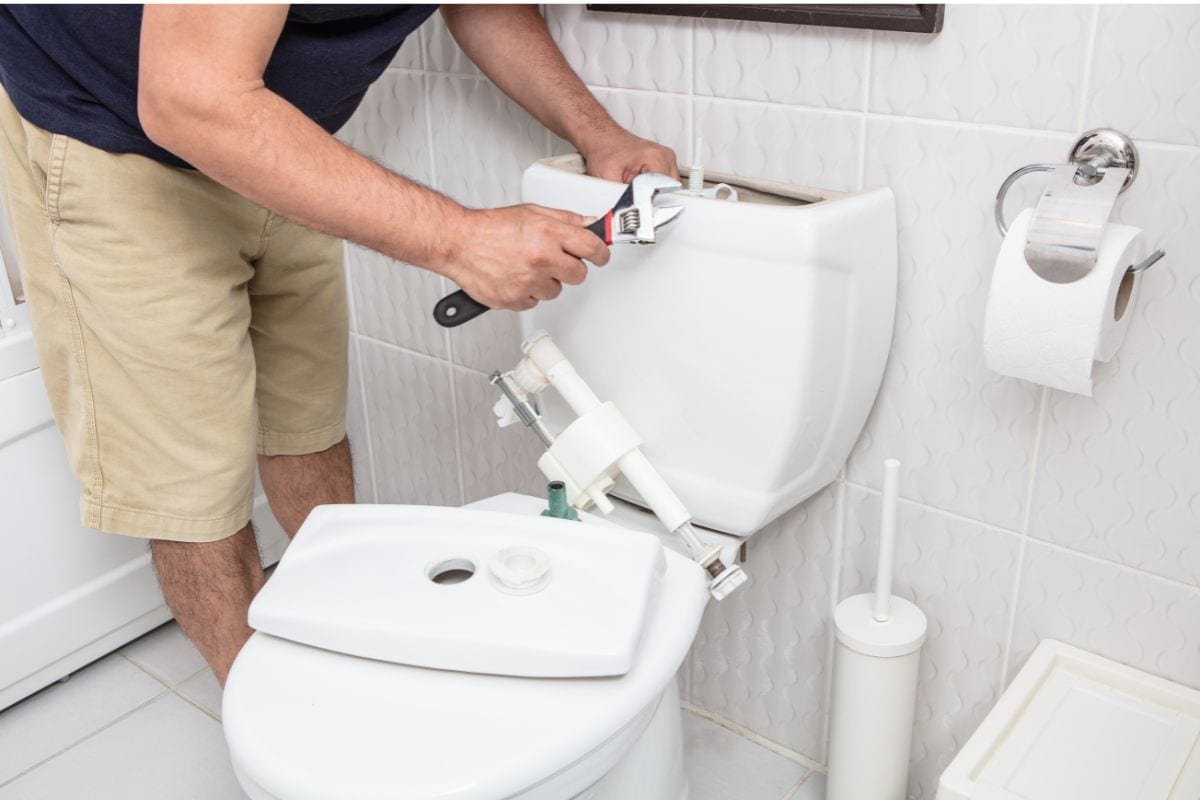
You probably face low water pressure if a perfectly functioning toilet does not refill water after flushing. An old rusty and leaking pipes in your house usually cause this problem to show.
Your toilet won't be the only plumbing fixture to suffer if this is the issue you're dealing with. We urge you to hire professional plumbing and let them fix this issue for you.
Broken Fill Tube
The fill tube is the tiny hose that joins the overflow tube.
After each flush, this tube is in charge of refilling the toilet tank. Sometimes, you may disconnect it, thus stopping the flow of water before it can fill the tank.
Check out this refill tube on Amazon.
How Much Water Should There Be In A Toilet's Tank?
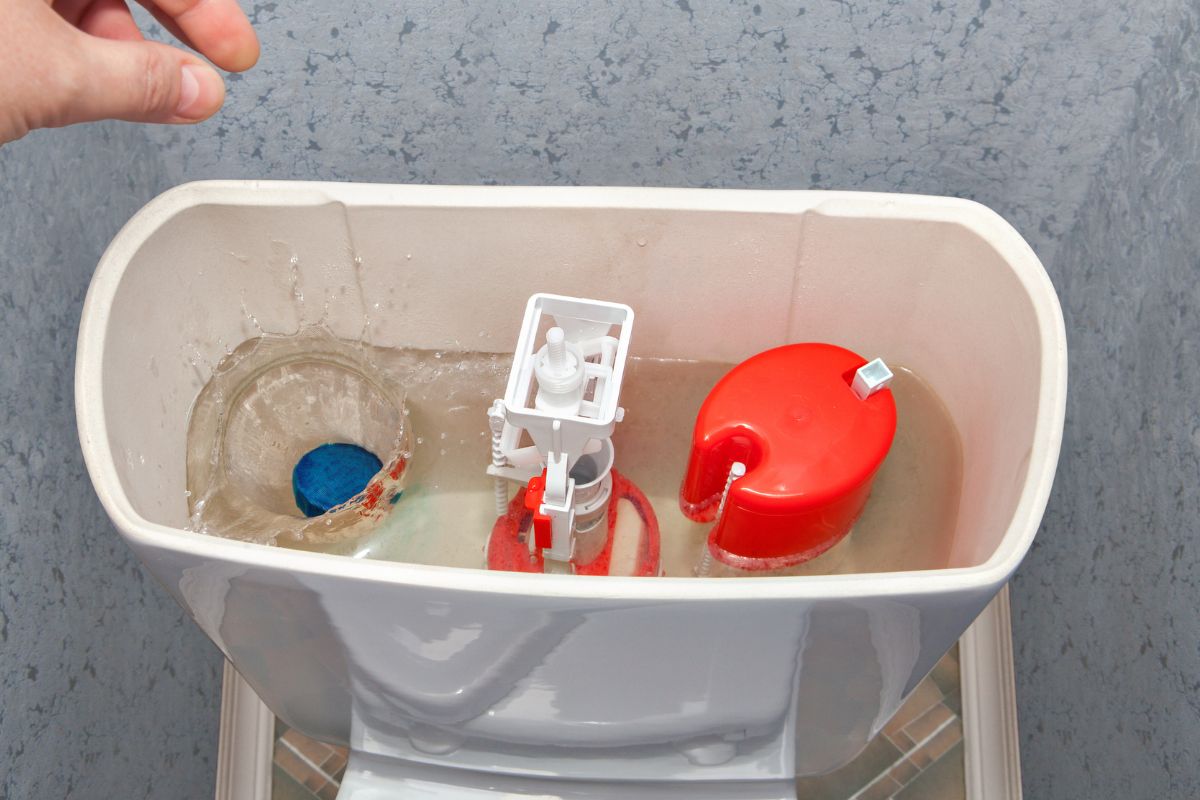
Your toilet tank's water level should lie one to two inches below the fill valve or in the overflow tube. Specific toilets even incorporate a marking inside the tank to help users determine where the waterline should be.
Suppose the water in your toilet tank is either above or below the ideal level. This may negatively impact the water level in the toilet bowl.
Remember that the ideal water level in the toilet bowl will change depending on your toilet.
Furthermore, water should always be positioned above the P-trap outlet or drain to make a seal. This will serve or provide proper suction during flushing and stops drain gases from entering your house.
How Long Does It Take To Refill A Toilet Tank?
After flushing, the regular toilet tank should fill in 1.5 to 3 minutes. If it takes too long for the toilet to fill or if the water runs continuously without filling the tank.
You may perform a more thorough inspection of the toilet to identify the cause of the issue. Start by checking the water supply line to ensure the toilet receives enough water.
As we've discussed early on, you can remove the toilet tank lid and check the float, flapper, and fill valve. This is to verify whether the water supply is causing the issue or not.
To Wrap Things Up
A lot is going on in your toilet whenever you use it. Every component needs to be in its fullest condition to keep its optimal operation going.
Now that you learn why your toilet is pulsating during the refilling cycle, you also know proper fixes. We can now begin knowing that you can correctly maintain and care for your toilet's several vital parts.
Made it this far? Check out these related posts!



